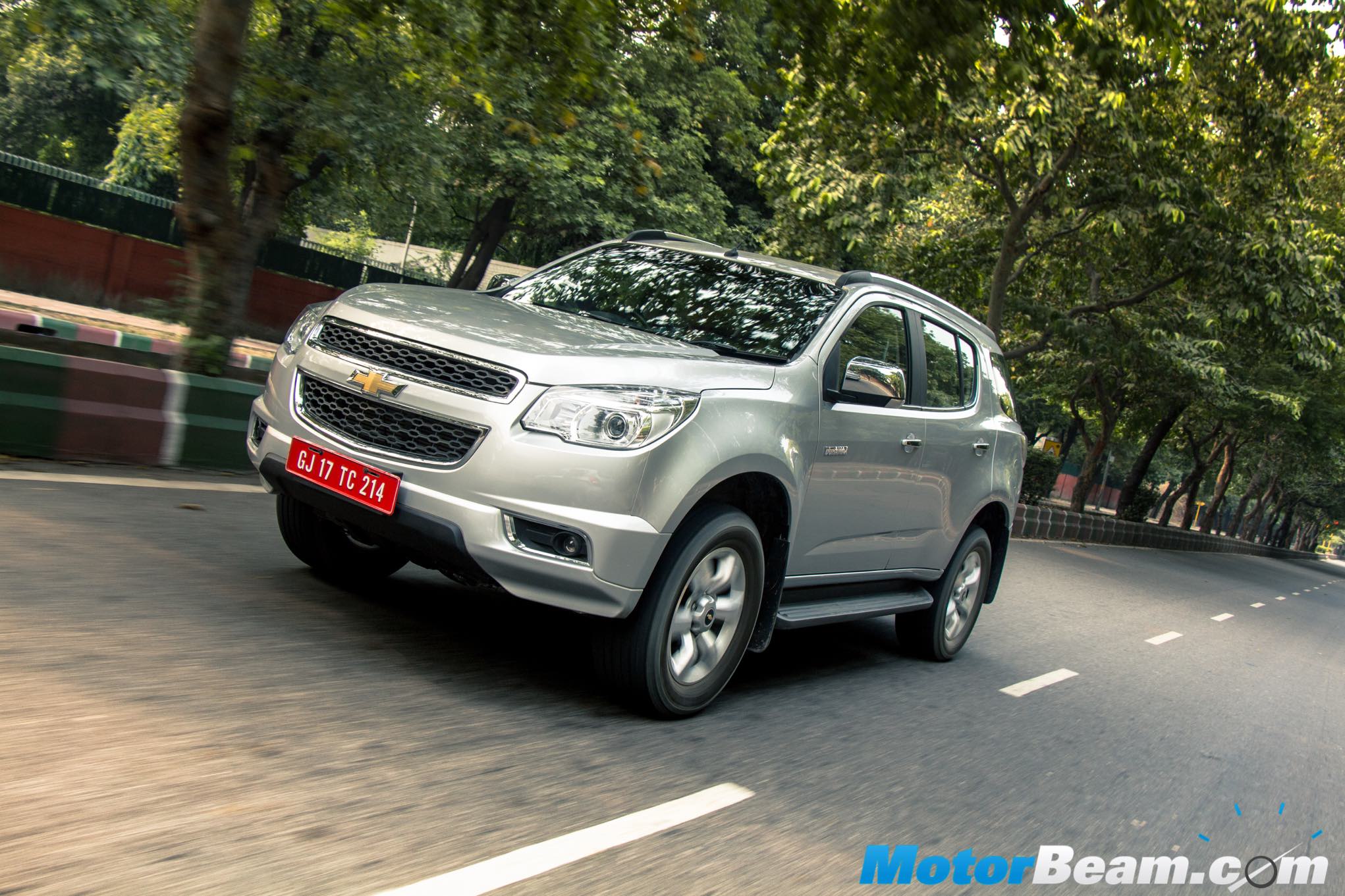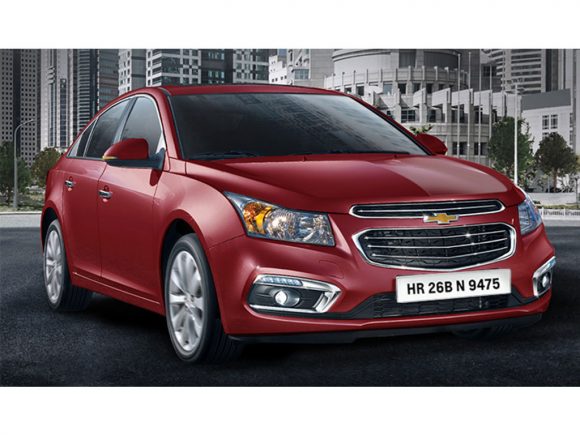General Motors India Failure
The Indian auto market is one of the toughest markets in the world. There are so many automakers who still haven’t been able to crack the market despite selling cars for years. Right now, we will be focusing on General Motors. GM had a lot of ups and downs in their India journey. They entered India with the Opel brand and sold cars like the Astra and Corsa. These cars were selling in decent numbers initially but when people started facing maintenance issues and newer cars from competition came out, sales of Opel fell and GM had to withdraw Opel from the Indian market.
Then, GM launched the Chevrolet brand in India and offered cars across different segments. You got the Optra sedan, Tavera MPV and Spark hatchback while newer cars were the Captiva, Beat, Cruze, Aveo, Enjoy and subsequently the Sail siblings, while the TrailBlazer came and left without anyone noticing it. GM shut down their domestic operations in India in 2017. Here are 5 reasons why GM failed to conquer the Indian market.
Before we get started I’ll tell you one fun fact about GM that’ll leave you startled. During the World War 2, GM switched their entire production to manufacture goods needed by the allies. They produced airplanes, tanks, machine guns, trucks and even shells.

General Motors Management
A company’s success depends largely on the people running the show and sadly, the management at GM left a lot to be desired. When I spoke to some people from the industry, they always said that the way of working at GM is very bureaucratic and people don’t take leadership or their own decisions quickly. What is interesting is the fact that the company had 9 different CEOs in their 21 year tenure and there used to be a lot of changes to the corporate structure which is why people failed to follow a proper long term strategy. If my memory serves me right, Maruti has had just 5 CEOs in the last 35 years.
General Motors Dealership Network
A good product needs to be sold through a good network and a good network needs a good product in its portfolio. In their good days, GM had 400+ dealerships in India but then a lot of things happened. Their sales started falling, people were facing issues with dealerships, dealerships didn’t have confidence in GM’s new products and thus the dealership count went from 400 to 200 with most dealers moving out to different car brands.
General Motors Customer Service
In 20 years of operations, GM launched more than 20 different models and even withdrew 10 of them. Their cars were priced from Rs. 3 lakhs to Rs. 30 lakhs. The frequent changes to the model line-up meant that resale value of GM cars was very poor and with the reliability not being the best, customers had good reasons to not come back to the brand. If you are a Chevrolet owner don’t get offended because even I bought 2 Chevrolets and I have first hand experience. In fact, I used to hate sending my car to the authorised service centre and only stuck to aftermarket garages.
General Motors Technology
Let’s face it, GM cars used to have old platforms and old engines. Barely any car from the portfolio had modern technology. In fact, there were some GM cars that barely managed to pass emission tests. Quality of their components only worsened and the long-term reliability of their cars was a big question mark. At the same time, rivals were churning out new platforms, new engines and better cars.
General Motors Products
Just look at the global portfolio of General Motors. You get so many nice and tempting cars but look at what we got in India. Most of the Indian GM cars were rebadged Daewoo cars and honestly, out of all these cars, it is only the Cruze which managed to get some amount of fan following. The Beat, Cruze and Tavera were the highest sellers for GM. The Beat looked good when it was launched but then what happened, GM continued to sell it for so many years without any major update. The Tavera was a popular cab but then what happened, GM screwed up on the emissions front (something similar to the VW scandal) and close to 1.2 lakh cars were affected. The Cruze was known for its performance and quality but newer cars like the Volkswagen Jetta, Skoda Octavia and Hyundai Elantra ate its market and GM was just watching.
GM had a market share of about 6% in 2010 which later fell to 1%. In 2015, GM decided to work on increasing their share to 3% by 2020 and while the market grew grew by 9% that year, GM’s share went below the 1% mark. At the 2016 Auto Expo, GM showcased the Beat Activ and Beat Essentia along with a host of products including some global cars. In 2017 they even sent out invites for the media drive of the new Beat just days before announcing their exit! Needless to say, the drive never happened.
These were the top reasons why GM never succeeded in India. It was in May 2017 that they announced the shutdown of local operations by the end of the year. GM had two plants in India – Halol and Talegaon. The Halol plant was acquired by MG Motor while the Talegaon plant is likely to be acquired by Great Wall Motors. GM was manufacturing and exporting cars from Talegaon all this while. What was the aftermath of their decision? There were barely any Chevrolet service centres left, the already poor resale value went for a complete toss (I sold my Spark for Rs. 80,000/- and Beat for Rs. 70,000/-) and slowly parts availability started becoming an issue.
It was very sad to see a large automaker quit the Indian market. India’s auto market is the second biggest in the world and there’s a lot of potential here. Companies need to understand the requirements and sentiments of Indian buyers and be quick with their decisions because there’s a lot of competition which means good news for customers and probably bad news for some companies.






